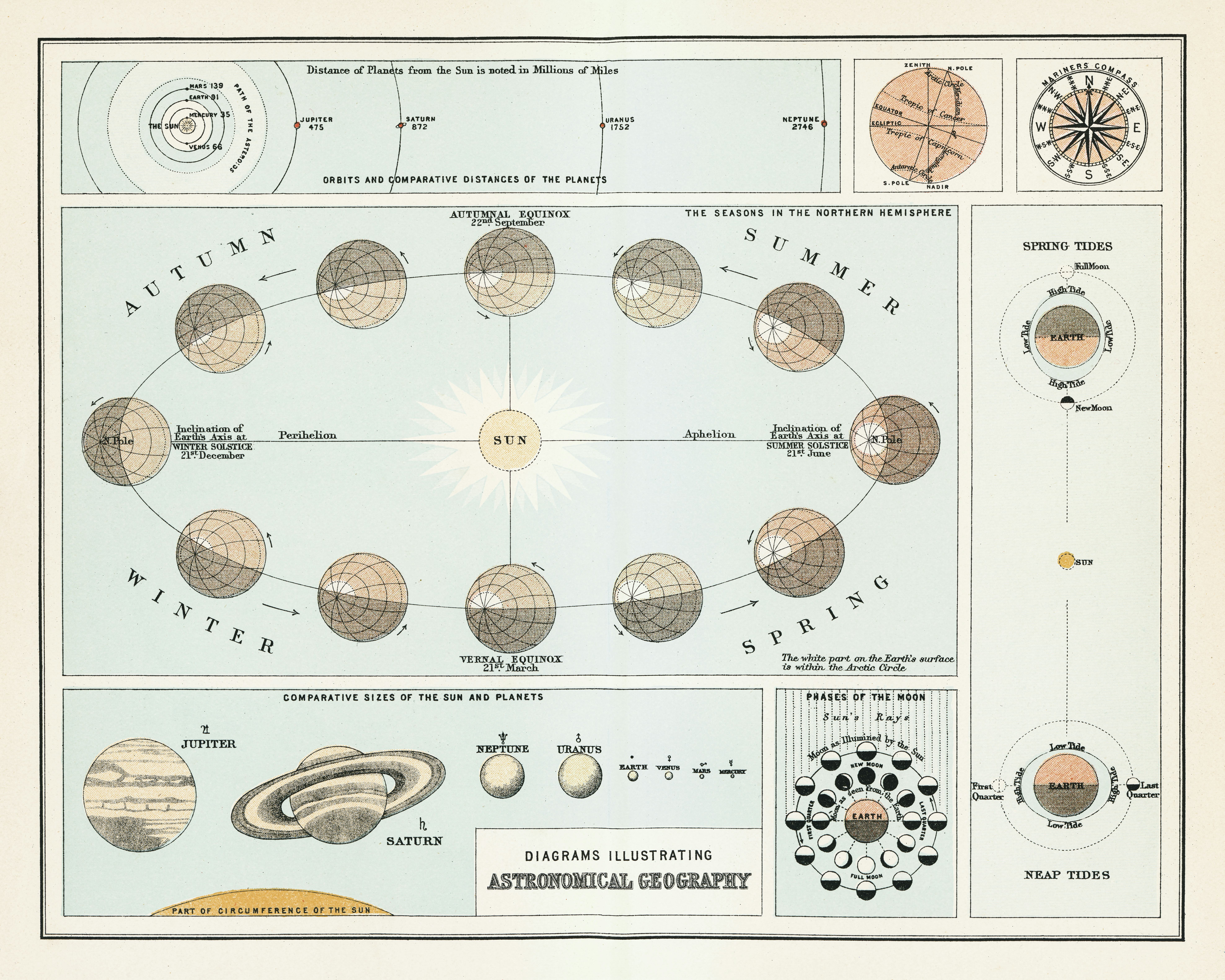
October’s Full Moon is often known as the Hunter’s Moon, in recognition of one of the rituals of fall. Other traditional United States names for this Moon are the Travel Moon, the Dying Grass Moon, the Sanguine Moon, or the Blood Moon.
The Hunter’s Moon will be at its brightest on October 9, shining brighter than anything else in the night sky. While it will be chilly in more northern climes of the United States, the Hunter’s Moon is still a gorgeous sight in the night sky.
WHAT IS THE HUNTER’S MOON?
The earliest use of the term "Hunter's Moon" cited in the Oxford English Dictionary is from 1710, according to NASA, and the Moon is also cited in the 1930s in a publication we today call the Old Farmer’s Almanac.
The Almanac says the Moon’s name is a clear reference to hunting season. Not only are animals at their plumpest, but the fields have been harvested and the leaves are falling off the trees. The sparser vegetation means it’s easier for hunters to do their work, according to the Almanac.
The publication also puts forward traditional Native American names for each Full Moon. October has several Full Moon names associated with the Algonquin tribes that lived in the region today called the northeastern United States, and southeastern Canada. Some of the names included the Travel Moon (a possible reference to animals migrating), the Dying Grass Moon, the Sanguine Moon or the Blood Moon, NASA says. Note that your culture or region may have different names for the October Full Moon.

HOW TO SEE THE OCTOBER 2022 FULL MOON
The Full Moon will be at peak brightness at 4:55 p.m. Eastern on October 9. At nightfall, a couple of hours later, the Moon will still appear to be Full to most amateur observers. The Moon will be nearly Full the night before, too, so you can still take advantage of the sight if you are unavailable (or the sky is cloudy) on October 9.
Lesser vegetation also has an advantage for skywatchers, who may be able to see the Full Moon more easily at times when it’s near the horizon, since trees won’t have as many leaves to obscure it. That said, the Moon will be up all night.
HOW MUCH BRIGHTER IS THE MOON DURING A FULL MOON?
Full Moons happen regularly when the Sun, Moon and Earth align in a particular way. The Moon goes around the Earth every 27 days and when the Moon is opposite to the Sun, the Sun’s light can fall fully upon the Moon’s face. Sometimes the alignment produces a lunar eclipse when the Moon orbits into the Earth’s shadow, but that won’t happen this time. Rather, the Sun’s light will flow around our planet and fall fully on the side of the Moon facing Earth.
Shining at magnitude -12.92 on average, the Full Moon is six times brighter than the Half Moon and the dominant object in the night sky. Full Moon times are not the times to chase faint objects in the sky, but you can still appreciate bright stars (which only get as bright as -2 magnitude) or planets. By comparison, during dark-sky conditions the average person can see stars as faint as magnitude 6.
WHEN IS THE NEXT FULL MOON?
Our 365-day Gregorian Calendar year has enough room for 13 Full Moons, given that the lunar calendar has 12 Full Moons every 354 days. That won’t happen in 2022, however.
The next Full Moon gets to its brightest at 6:02 a.m. Eastern on Tuesday, November 8. November’s Full Moon is called the Beaver Moon.







